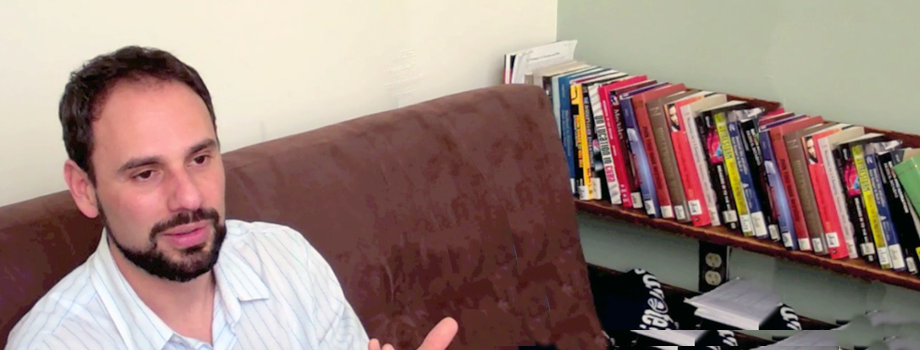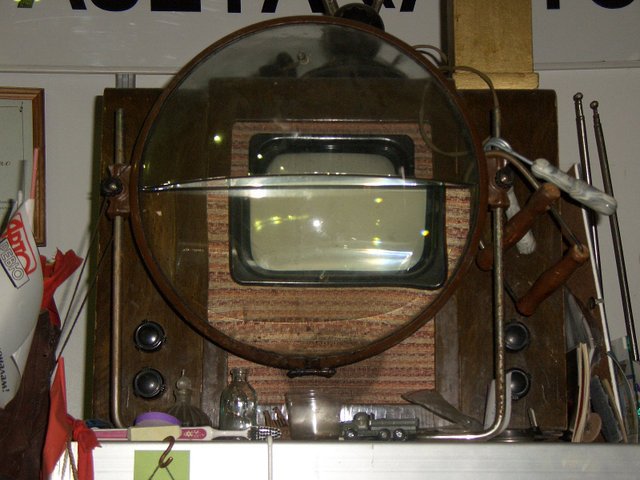by Erin Zagursky | April 19, 2011
When Mike Blum received a phone call from William & Mary President Taylor Reveley telling him that he had won this year’s Duke Award, the academic technologist suspected that his friends were playing a trick on him. When he next got a call from the president’s assistant and then another from a development officer, he knew it was no joke.
“It’s really wonderful, but it’s also incredibly humbling and I don’t feel like I can be given a particular award for my dedication to the College, because they make dedication incredibly easy,” Blum said.
The Charles and Virginia Duke Award, established in 1997, is presented each year to a staff member for his or her outstanding service and dedication to the College. Awardees receive $5,000 with the award as well as recognition during the College’s annual Commencement ceremony.
“Mike Blum’s strong desire to make William & Mary better and his excellent work to do just that are inspiring. We’re fortunate to have him at the College,” said Reveley.
Blum began working at William & Mary in 2001, about one month before Sept. 11.
“That was one of the first sort of important tasks I had was to get the TV to work so we could watch the horrible events (of that day),” he said.
Blum started at the College as a technology liaison, meaning, “basically if power came out of the wall and made this thing work, I was responsible for it for faculty members,” he said.
He would fix printers, show faculty members how to use word processors and give advice on how they could incorporate technology into their curriculums.
Throughout the last decade, he has helped members of the campus community integrate tablet PCs, Wiki pages, websites and even Google maps into their classes. Blum has become known as the go-to person for anyone with questions about Blackboard.
“I’m not an advocate for technology. I’m an advocate for academics,” he said, adding that, if technology is the best way for faculty members to accomplish their goals, he wants them to be able to use it.
Blum, who earned a master’s degree in English at the College and whose son now attends William & Mary, noted that the school is unique in that its undergraduates get to work directly with faculty.
“Anything that I can do to help that and facilitate students’ collaboration with the faculty members, that is really my absolute goal, so that’s why it’s not very hard to be dedicated,” he said.
Blum said he works with faculty members and students with a wide range of technological understanding.
“I think it’s important for someone who is doing the sort of work that I do to be in touch with both of those groups as well as to understand, from an IT perspective, what is coming down the pike,” he said. “It’s a multi-faceted job.”
Though he never knows what challenges the day is going to bring him, Blum said that’s what makes his job so enjoyable.
“It’s never the same every day. It’s never the same every week, and it changes over the years,” he said.
Blum said his time at William & Mary has been “an absolutely wonderful experience.”
“For the past 10 years, I couldn’t ask for a better opportunity and a more fulfilling job for my personality because I get to work in academia, but I also get to help faculty members use technology that’s going to help them in their research, that’s going to help them in their teaching.”
Although he still finds it hard to believe that he is this year’s Duke Award winner, Blum said that receiving the honor “says just as much about the people who put me up for the award as it does about anything that I do for them.”
“It’s a very humbling experience, not only knowing that they value what I do, but when you take a look at the other people who have won this in the past, it’s just, I feel very privileged,” he said.






